1. Statistics Korea. Cause of Death. Daejeon, Korea: Statistics Korea;2020.
2. Sher L. The impact of the COVID-19 pandemic on suicide rates. QJM. 2020; 113(10):707–712. PMID:
32539153.

3. Cavanagh JT, Carson AJ, Sharpe M, Lawrie SM. Psychological autopsy studies of suicide: a systematic review. Psychol Med. 2003; 33(3):395–405. PMID:
12701661.

4. Lee JI, Lee MB, Liao SC, Chang CM, Sung SC, Chiang HC, et al. Prevalence of suicidal ideation and associated risk factors in the general population. J Formos Med Assoc. 2010; 109(2):138–147. PMID:
20206838.

5. Roth KB, Borges G, Medina-Mora ME, Orozco R, Ouéda C, Wilcox HC. Depressed mood and antisocial behavior problems as correlates for suicide-related behaviors in Mexico. J Psychiatr Res. 2011; 45(5):596–602. PMID:
21055767.

6. Tishler CL, Reiss NS. Inpatient suicide: preventing a common sentinel event. Gen Hosp Psychiatry. 2009; 31(2):103–109. PMID:
19269529.

7. Bentley KH, Franklin JC, Ribeiro JD, Kleiman EM, Fox KR, Nock MK. Anxiety and its disorders as risk factors for suicidal thoughts and behaviors: a meta-analytic review. Clin Psychol Rev. 2016; 43:30–46. PMID:
26688478.

8. Jae JM. Suicide and psychiatric disorder. J Korean Soc Biol Ther Psychiatry. 2004; 10(1):3–10.
9. Kumar G, Steer RA. Psychosocial correlates of suicidal ideation in adolescent psychiatric inpatients. Suicide Life Threat Behav. 1995; 25(3):339–346. PMID:
8553414.
10. Runeson BS, Beskow J, Waern M. The suicidal process in suicides among young people. Acta Psychiatr Scand. 1996; 93(1):35–42. PMID:
8919327.

11. Cooper J, Kapur N, Webb R, Lawlor M, Guthrie E, Mackway-Jones K, et al. Suicide after deliberate self-harm: a 4-year cohort study. Am J Psychiatry. 2005; 162(2):297–303. PMID:
15677594.

12. Walsh CG, Ribeiro JD, Franklin JC. Predicting risk of suicide attempts over time through machine learning. Clin Psychol Sci. 2017; 5(3):457–469.

13. Luby JL, Belden AC, Jackson JJ, Lessov-Schlaggar CN, Harms MP, Tillman R, et al. Early childhood depression and alterations in the trajectory of gray matter maturation in middle childhood and early adolescence. JAMA Psychiatry. 2016; 73(1):31–38. PMID:
26676835.

14. Davidson L, Linnoila M. Risk Factors for Youth Suicide. New York, NY, USA: Taylor & Francis;2013.
15. Posner K, Brown GK, Stanley B, Brent DA, Yershova KV, Oquendo MA, et al. The Columbia-Suicide Severity Rating Scale: initial validity and internal consistency findings from three multisite studies with adolescents and adults. Am J Psychiatry. 2011; 168(12):1266–1277. PMID:
22193671.

16. Kroenke K, Spitzer RL, Williams JB. The PHQ-9: validity of a brief depression severity measure. J Gen Intern Med. 2001; 16(9):606–613. PMID:
11556941.
17. Boudreaux ED, Jaques ML, Brady KM, Matson A, Allen MH. The patient safety screener: validation of a brief suicide risk screener for emergency department settings. Arch Suicide Res. 2015; 19(2):151–160. PMID:
25826715.

18. Reynolds WM. Suicidal Ideation Questionnaire (SIQ). Odessa, FL, USA: Psychological Assessment Resources;1987.
19. Aguinaldo LD, Sullivant S, Lanzillo EC, Ross A, He JP, Bradley-Ewing A, et al. Validation of the ask suicide-screening questions (ASQ) with youth in outpatient specialty and primary care clinics. Gen Hosp Psychiatry. 2021; 68:52–58. PMID:
33310014.

20. Kemper AR, Hostutler CA, Beck K, Fontanella CA, Bridge JA. Depression and suicide-risk screening results in pediatric primary care. Pediatrics. 2021; 148(1):e2021049999. PMID:
34099503.

21. Inman DD, Matthews J, Butcher L, Swartz C, Meadows AL. Identifying the risk of suicide among adolescents admitted to a children’s hospital using the Ask Suicide-Screening Questions. J Child Adolesc Psychiatr Nurs. 2019; 32(2):68–72. PMID:
31025489.

22. Horowitz LM, Bridge JA, Teach SJ, Ballard E, Klima J, Rosenstein DL, et al. Ask Suicide-Screening Questions (ASQ): a brief instrument for the pediatric emergency department. Arch Pediatr Adolesc Med. 2012; 166(12):1170–1176. PMID:
23027429.
23. DeVylder JE, Ryan TC, Cwik M, Wilson ME, Jay S, Nestadt PS, et al. Assessment of selective and universal screening for suicide risk in a pediatric emergency department. JAMA Netw Open. 2019; 2(10):e1914070. PMID:
31651971.

24. Ballard ED, Cwik M, Van Eck K, Goldstein M, Alfes C, Wilson ME, et al. Identification of at-risk youth by suicide screening in a pediatric emergency department. Prev Sci. 2017; 18(2):174–182. PMID:
27678381.

25. Lanzillo EC, Horowitz LM, Wharff EA, Sheftall AH, Pao M, Bridge JA. The importance of screening preteens for suicide risk in the emergency department. Hosp Pediatr. 2019; 9(4):305–307. PMID:
30858170.

26. Mills PD, DeRosier JM, Ballot BA, Shepherd M, Bagian JP. Inpatient suicide and suicide attempts in Veterans Affairs hospitals. Jt Comm J Qual Patient Saf. 2008; 34(8):482–488. PMID:
18714751.

27. Combs H, Romm S. Psychiatric inpatient suicide: a literature review. Prim Psychiatry. 2007; 14(12):67–74.
28. Osman A, Bagge CL, Gutierrez PM, Konick LC, Kopper BA, Barrios FX. The Suicidal Behaviors Questionnaire-Revised (SBQ-R): validation with clinical and nonclinical samples. Assessment. 2001; 8(4):443–454. PMID:
11785588.

29. Park SJ, Choi HR, Choi JH, Kim KW, Hong JP. Reliability and validity of the Korean version of the Patient Health Questionnaire-9 (PHQ-9). Anxiety Mood. 2010; 6(2):119–124.
30. Spitzer RL, Kroenke K, Williams JB, Löwe B. A brief measure for assessing generalized anxiety disorder: the GAD-7. Arch Intern Med. 2006; 166(10):1092–1097. PMID:
16717171.

31. Lee SH, Shin C, Kim H, Jeon SW, Yoon HK, Ko YH, et al. Validation of the Korean version of the generalized anxiety disorder 7 self-rating scale. Asia-Pac Psychiatry. 2022; 14(1):e12421. PMID:
32893471.

32. Pavot W, Diener E. The satisfaction with life scale and the emerging construct of life satisfaction. J Posit Psychol. 2008; 3(2):137–152.

33. Lim YJ. Psychometric properties of the satisfaction with life scale among Korean police officers, university students, and adolescents. Korean J Psychol Gen. 2012; 31(3):877–896.
34. Yoo SW, Kim YS, Noh JS, Oh KS, Kim CH, Namkoong K, et al. Validity of Korean version of the mini-international neuropsychiatric interview. Anxiety Mood. 2006; 2(1):50–55.
35. Canan F, Ataoglu A, Nichols LA, Yildirim T, Ozturk O. Evaluation of psychometric properties of the internet addiction scale in a sample of Turkish high school students. Cyberpsychol Behav Soc Netw. 2010; 13(3):317–320. PMID:
20557252.

36. Khazaal Y, Billieux J, Thorens G, Khan R, Louati Y, Scarlatti E, et al. French validation of the internet addiction test. Cyberpsychol Behav. 2008; 11(6):703–706. PMID:
18954279.

37. Horowitz LM, Snyder DJ, Boudreaux ED, He JP, Harrington CJ, Cai J, et al. Validation of the ask suicide-screening questions for adult medical inpatients: a brief tool for all ages. Psychosomatics. 2020; 61(6):713–722. PMID:
32487323.

38. Pecache DR, Nancho RM, Cuisia-Cruz ES. 124. Validation of the Ask Suicide-Screening Questions (ASQ) as a suicide screening tool for adolescents in the outpatient population of a tertiary hospital. J Adolesc Health. 2022; 70(4):S66.

39. Thom R, Hogan C, Hazen E. Suicide risk screening in the hospital setting: a review of brief validated tools. Psychosomatics. 2020; 61(1):1–7. PMID:
31629482.

40. Chang BP, Tan TM. Suicide screening tools and their association with near-term adverse events in the ED. Am J Emerg Med. 2015; 33(11):1680–1683. PMID:
26346049.

41. Christensen LeCloux M, Aguinaldo LD, Lanzillo EC, Horowitz LM. Provider opinions of the acceptability of Ask Suicide-Screening Questions (ASQ) Tool and the ASQ Brief Suicide Safety Assessment (BSSA) for universal suicide risk screening in community healthcare: Potential barriers and necessary elements for future implementation. J Behav Health Serv Res. 2022; 49(3):346–363. PMID:
35266079.

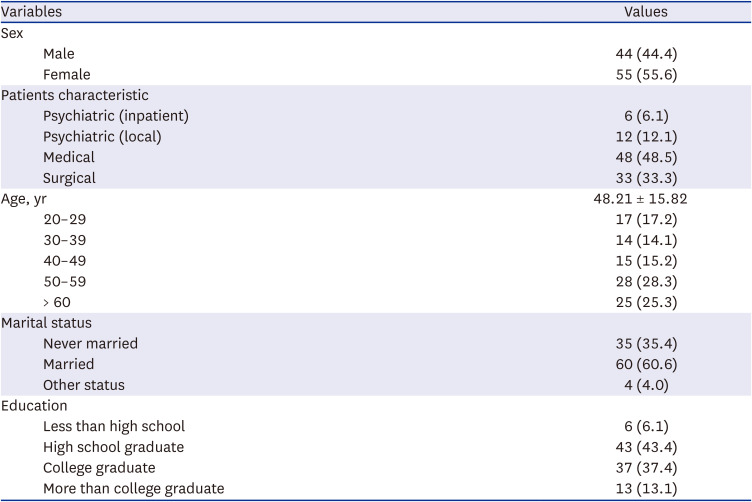


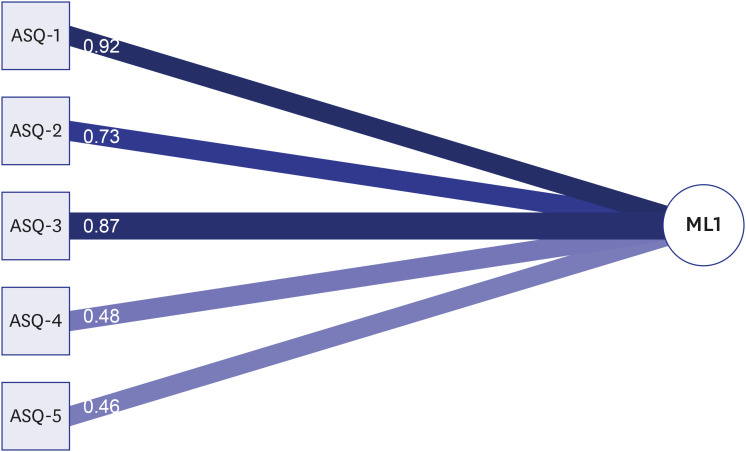

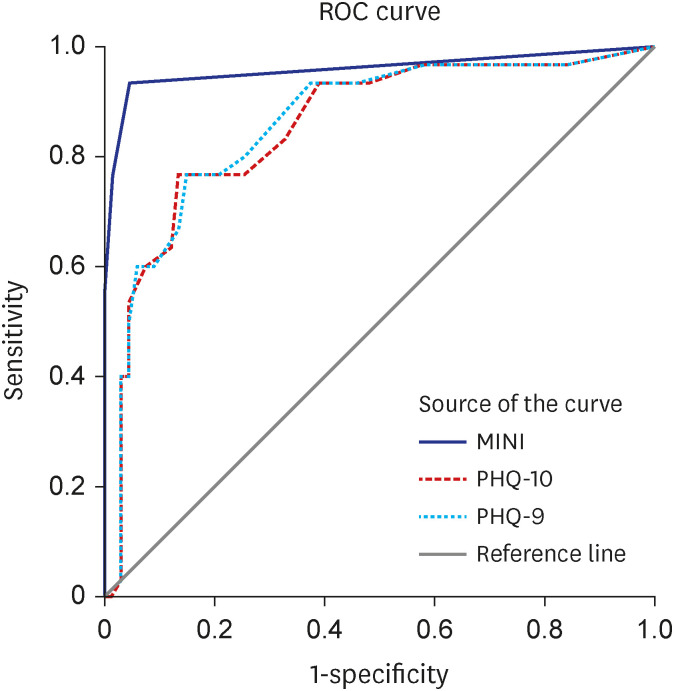
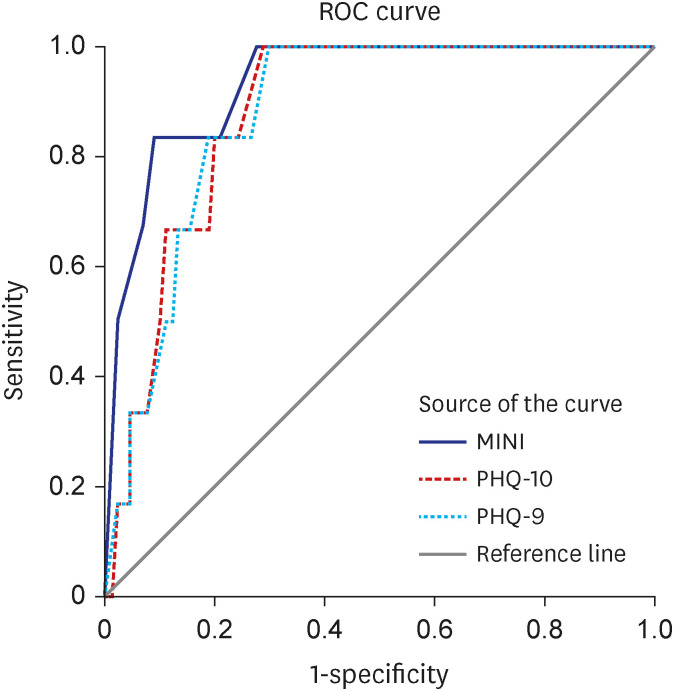
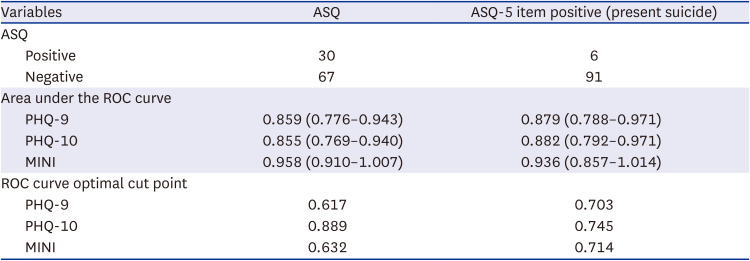




 PDF
PDF Citation
Citation Print
Print



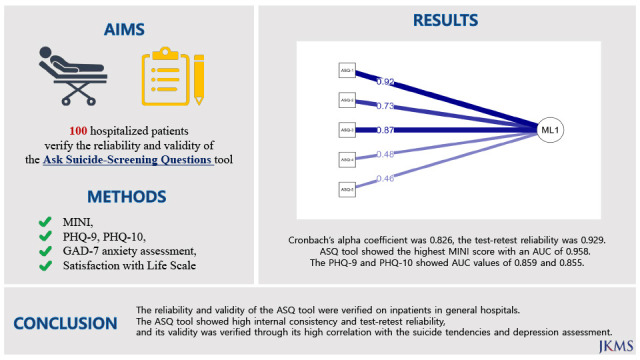

 XML Download
XML Download